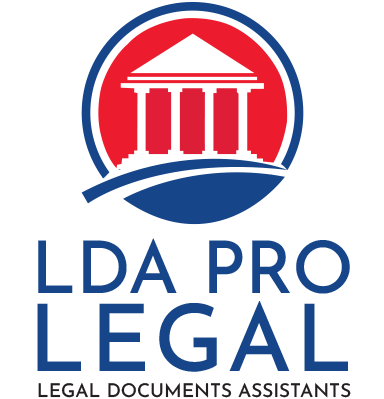There are lots of different types of evictions notices; some involve court and some don’t. Before we get into that let’s talk about renters right first. All renters have certain rights that if violated can prevent a landlord from evicting them. These rights are as follows; right to privacy right to live in habitable unit, access to hot water, electricity, and heat during cold months. If any of these rights are violated, the tenant has the advantage in court if the landlord tries to convict them. Also, a Landlord can not just evict a tenant for no reason they need what is called a “Just Cause.” A Just Cause by legal definition means a “legally sufficient reason.” These reasons are, non-payment of rent, bounced rent checks from the tenant, habitually late rent payments, and broken terms of the lease. (IE; having two dogs when lease agreements prohibited pets.)
![]()
![]()
EVICTION
The landlord has the option to give a multitude of different eviction notices. One of these notices is a “Cure Or Quit” which in short means fix it or lose it. A cure or quit eviction notice is given to a tenant when the tenant has broken the terms of the lease but the landlord is willing to give them time to fix (or cure) the problem before moving forward with the eviction. Another type of eviction notice is the “pay rent or quit.” This notice is given when the tenant is late on their rent payment (around 3-5 days) and the landlord gives them a set time period to pay the rent and any late fees (if agreed upon in the lease) before the tenant has to vacate the premises. The last notice is an “Unconditional Quit.” An unconditional quit is when the landlord informs the tenant there is nothing they can fix or stay to remain in the rented unit after violating terms or having to many late payments.
Get In Touch
Email Us
Call or Text
Start Online
In Office
Appointments Available
By Appointment Only



